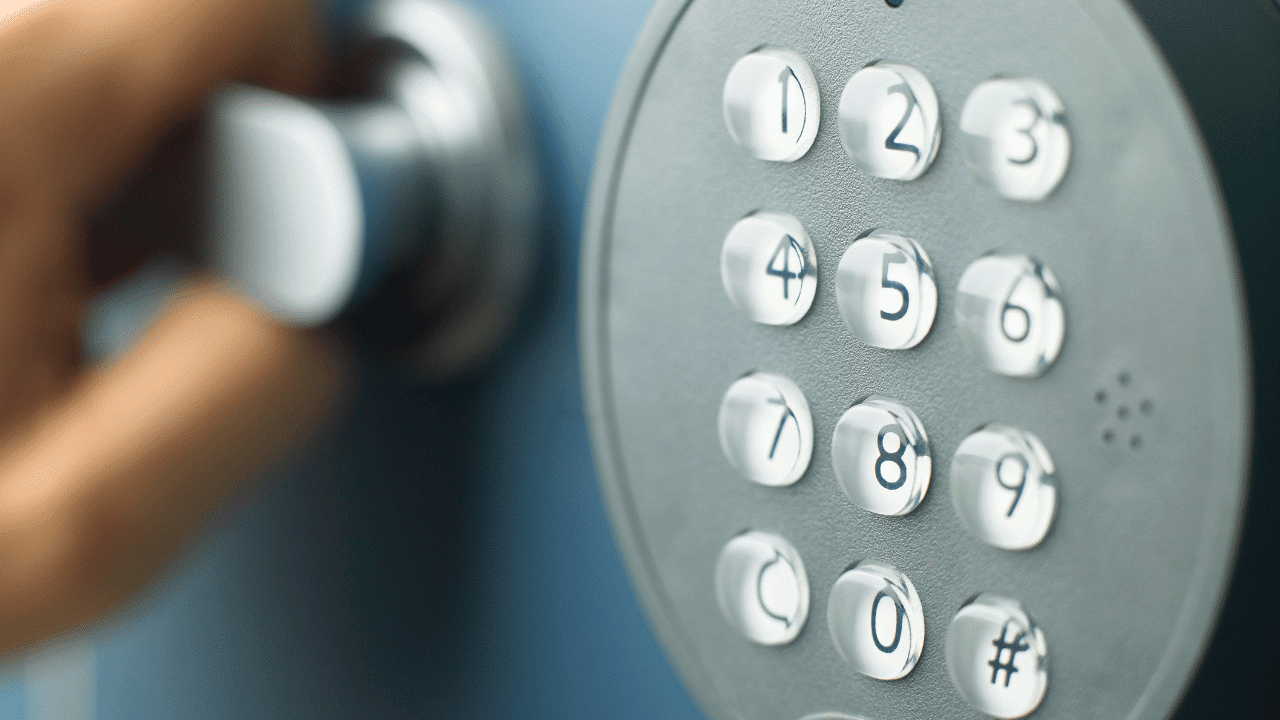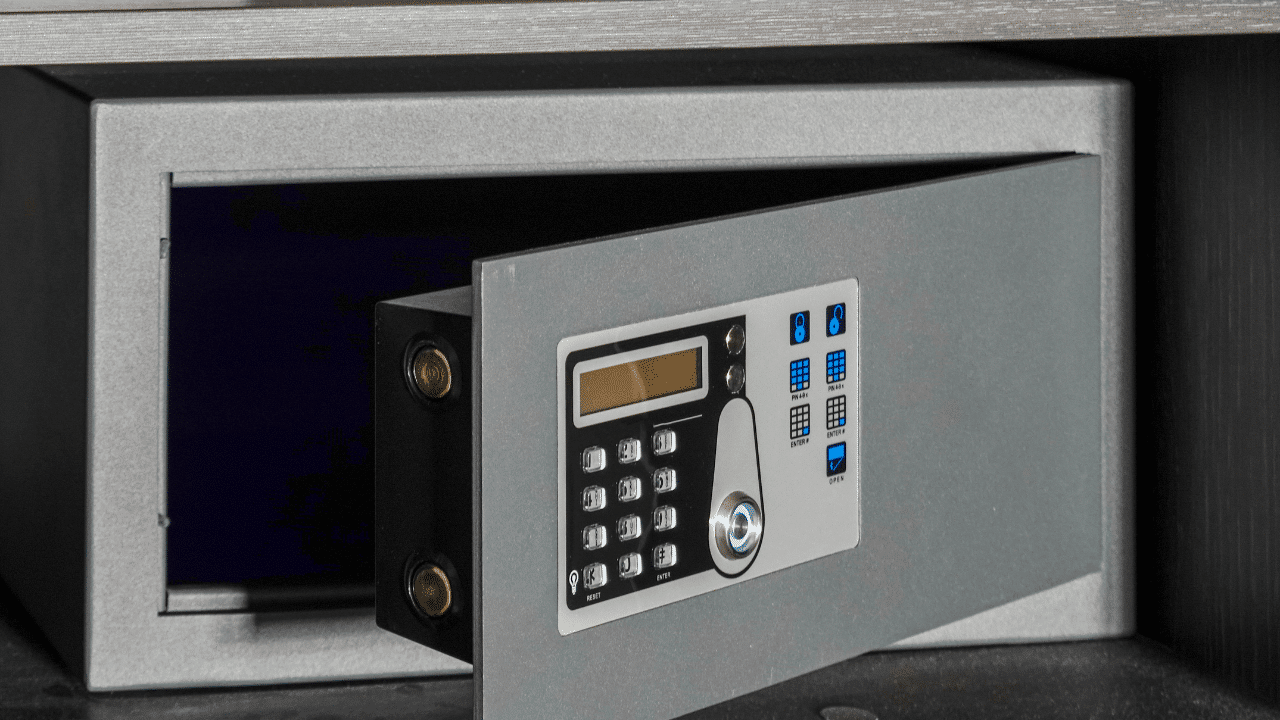Last Updated on September 7, 2023 by Pro Handyman Australia – Editorial Team
A home safe serves as a robust shield for your cherished possessions, offering not only a sense of security but also ensuring your belongings are kept away from unexpected mishaps or prying eyes. While no safe can guarantee absolute invincibility against persistent burglars, even the most basic designs effectively deter a majority of potential threats.
Identifying Your Protection Needs
Before embarking on the journey to purchase a home safe, it’s paramount to pinpoint exactly what you intend to safeguard within it. The nature of the items you wish to protect plays a pivotal role in guiding your choice. For instance, safes designed to shield irreplaceable treasures often come with enhanced security measures, naturally commanding a higher price point. In contrast, if your primary concern revolves around keeping essential documents safe from potential fire hazards, a basic fire-resistant safe might suffice.
Key Features to Consider in a Home Safe

As you proceed with your quest to find the perfect home safe, familiarize yourself with the various features available in the market. Some safes emphasize fire resistance, while others prioritize anti-theft designs. Recognizing what you value most in a safe will help streamline your options and ensure you make an informed and satisfactory purchase.
Assessing the Types of Protection
While considering a safe for your home, it’s not just about having a secure place for your valuables. The nature of protection you desire plays a pivotal role in your selection. Begin by understanding the potential risks you’re protecting against.
- Fire Protection: This is one of the most sought-after features. Safes undergo rigorous testing and are rated by trusted laboratories for their fire resistance.
- Water Protection: If your residence is prone to flooding or is located in a humid environment, a water-resistant safe becomes a priority.
- Advanced Security Features: Modern safes offer features such as pry-resistant doors, solid-steel builds, bolt-down kits, anti-drill doors, and anti-fishing baffles for enhanced security.
Delving into Lock Types
A safe’s lock type is paramount, as it ensures the accessibility and security of the contents inside:
- Keyed Lock: Traditional and straightforward, this involves a physical key without the need to remember a combination.
- Combination Lock: These locks employ a three-number code and operate without batteries.
- Electronic/Keypad Lock: These digitized systems allow users to set a unique password, often ranging from one to eight digits. Some advanced safes even cater to multiple users.
- Biometric: For top-notch security, biometric safes use fingerprint recognition, ensuring only authorized individuals gain access.
Deciding on Safe Capacity
The size of your safe is determined by what you intend to store:
- Small safes cater to essential items like passports, jewelry, cash, and smaller collectibles.
- For those looking to secure paperwork, cash trays, binders, and larger collectibles, medium to large safes prove beneficial.
- Extra-large and upright safes are versatile, accommodating firearms, data storage devices, and substantial paper document volumes.
Insights on Gun Safes
It’s imperative to responsibly store firearms, ensuring they remain inaccessible to unauthorized individuals:
- Firearms should be stored unloaded, and if your safe comes with a key lock, ensure the key is stored securely, away from children.
- Ammunition should be stored separately from the firearms.
- There are safes explicitly designed for firearms, with features like biometric locks or electronic keypads. It’s essential to evaluate fire ratings if you desire fire resistance, understanding the temperature and duration specifications.
- Additional features for gun safes include hygrometers for temperature and humidity readings, dehumidifiers to prevent dampness, and customizable lighting and shelving.
Spotlight on Key Safes and Lock Boxes
Designed to secure keys, these storage options come in varied sizes based on the number of keys or cards you wish to protect.
- Key Safes: Ideal for commercial setups like auto shops or property management offices, these safes can store numerous keys. Some even incorporate a drop box for depositing keys securely. Their size determines their placement, with smaller ones mountable on walls and larger ones usually floor-bound but with wall-mounting options.
- Lock Boxes: Compact and handy, lock boxes are designed to hold a limited number of keys or access cards. Real estate agents frequently use them. Some modern lock boxes offer smartphone access. If you’re thinking of outdoor installations, opt for weather-resistant models with protective dial covers. For door-knob hanging designs, seek out models with coatings to safeguard your door’s finish.
Additional Measures Against Theft

Strengthening Your Safe’s Protection
Ensuring the security of your belongings goes beyond just choosing the right safe. Implementing some key practices can significantly enhance the safety of your possessions.
1. Keep It Closed and Locked
This may sound obvious, but it’s an essential practice. Whenever your safe is not in use, keep it securely closed and locked. Even when you’re at home, it’s wise to have this habit ingrained to prevent any lapses in security.
2. Safeguard Your Code or Combination
Never share your access code or combination with anyone. It’s also vital to keep this information well away from the vicinity of your safe. Avoid storing it in easily accessible places like wallets or personal diaries.
3. Maintain Confidentiality on the Safe’s Location
While secrecy may not be your daily habit, it’s a crucial aspect when it comes to the location of your safe. Except for the fire department in cases of emergencies, avoid revealing the whereabouts of your safe to anyone.
4. Consider Concealment
If possible, explore options to conceal your safe. Discreet placement can add an extra layer of protection by keeping it out of sight from potential intruders.
5. Secure Your Safe Physically
Anchor your safe to the floor or wall, depending on its design. This precautionary measure makes it significantly more challenging for thieves to remove the safe from your premises, adding another deterrent against theft.
By embracing these practices, you’ll elevate the security of your belongings and fortify the protective capabilities of your chosen safe.
Safeguarding Your Valuables: Q&A Insights

In the quest for securing your prized possessions, understanding various aspects of safes is crucial. Here are answers to common questions that can guide you towards optimal protection.
1. Finding the Right Spot for Your Safe
The ideal location for your safe strikes a balance between accessibility and concealment. While you want it within reach, it should remain inconspicuous and away from frequent foot traffic. Avoid the master bedroom closet, and consider positioning it where exterior walls meet on the ground floor for fire protection. Elevate it to safeguard against flooding.
2. Tackling Moisture: Do You Need a Dehumidifier for Your Gun Safe?
Including a dehumidifier in your gun safe is a prudent step to combat moisture and preserve your firearms. Excess humidity fosters mold and rust, potentially impairing wood and metal components. A dehumidifier curbs these effects, ensuring your firearms remain in optimal condition.
3. Simplified Security: Ease of Use for Key Safes
Key safes and lock boxes are user-friendly solutions for safeguarding your keys while maintaining accessibility. Key safes employ a keyed lock on an access door, while lock boxes offer compactness with combination locks that you can customize.
4. Size Matters: Choosing the Right Safe Dimensions
Selecting a safe size hinges on its contents. From cherished family jewels to essential paperwork, varying items dictate the required space. Opting for a slightly larger safe is advised, as your possessions may expand over time, rendering an upgrade unnecessary.
5. Deciphering Lock Mechanisms: Combination or Keypad?
The decision between a dial combination lock and a digital keypad is influenced by individual preference. Keypads offer convenience and added security features for incorrect attempts, albeit with a battery requirement and higher cost. Combination locks are budget-friendly and battery-free but necessitate locksmith assistance for combination changes.
6. Strategizing Installation: Key Considerations
Firstly, identify the strategic placement of your safe. Concealment thwarts burglary attempts. However, convenience should not be compromised, as a conveniently placed safe is more likely to be utilized.
Ensure that your safe isn’t easily portable. Bolting larger safes down is essential, as it prevents theft and might even lead to insurance savings. While installing and securing a safe can be a demanding task, it’s wise to consider professional installation for larger models, ensuring meticulous execution.
By delving into these answers, you can make informed decisions while embarking on your journey to safeguarding your valuables effectively.
Conclusion
In the realm of home security, a well-chosen safe serves as a formidable barrier against potential threats and offers unparalleled peace of mind. The journey through this home safe buyer’s guide has illuminated various facets of selecting the perfect safe to meet your protection needs.
From understanding the diverse types of protection, locks, and capacities available, to delving into the nuances of gun safes and lock boxes, we’ve navigated the intricate world of safeguarding valuables. The insight provided on additional measures to deter theft and strategic installation considerations ensures that your investment in a home safe translates to tangible security.
The safe questions and answers section has quenched the thirst for knowledge, addressing common queries and clarifying doubts about safe placement, size, and lock mechanisms. Armed with this information, you’re poised to make astute choices that align with your individual preferences and requirements.
As you embark on the journey to select a home safe, remember that the choice is not just about protecting material possessions. It’s about preserving cherished memories, invaluable documents, and heirlooms that hold a place in your heart. It’s about fortifying your sense of security and tranquility, knowing that you’ve taken proactive steps to safeguard what matters most.
We trust that the insights gathered from this comprehensive home safe buyer’s guide will empower you to make informed decisions, enhancing your ability to create a secure haven within your own abode. Your journey towards heightened protection begins here, and we are confident that armed with the knowledge gained, you will select a home safe that becomes an impenetrable fortress for your cherished possessions and cherished peace of mind.
